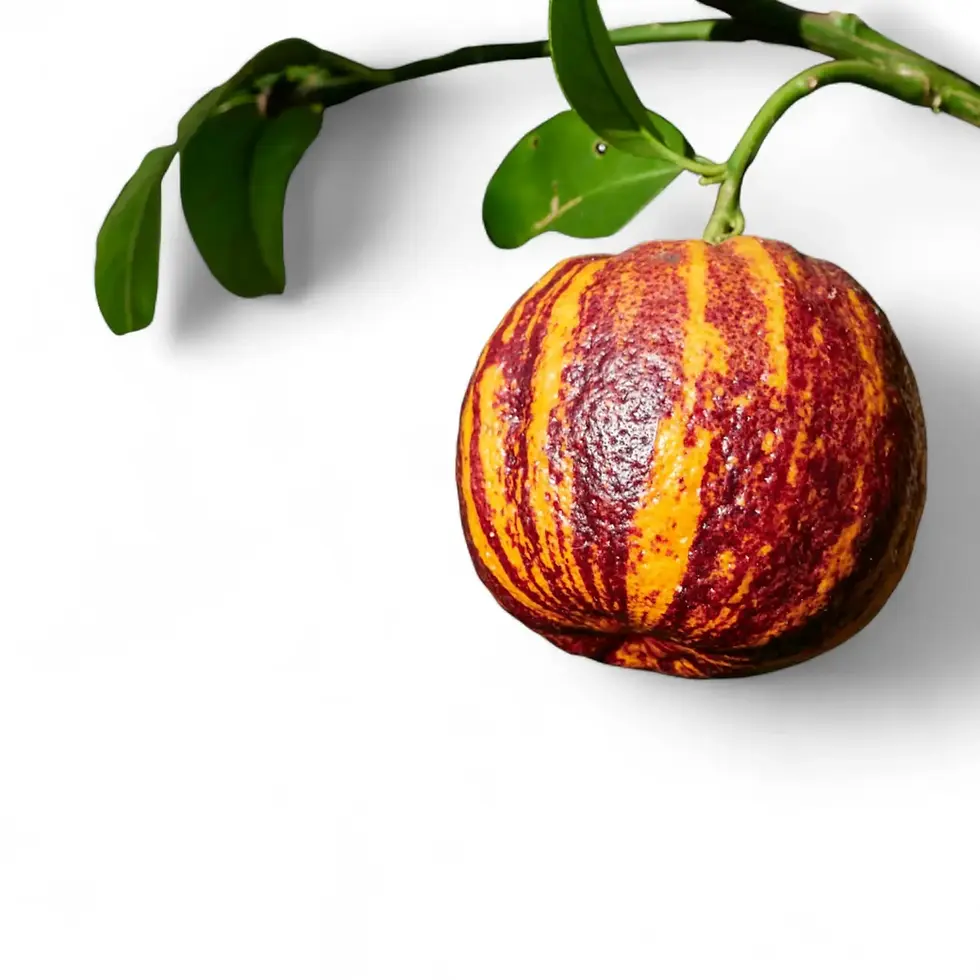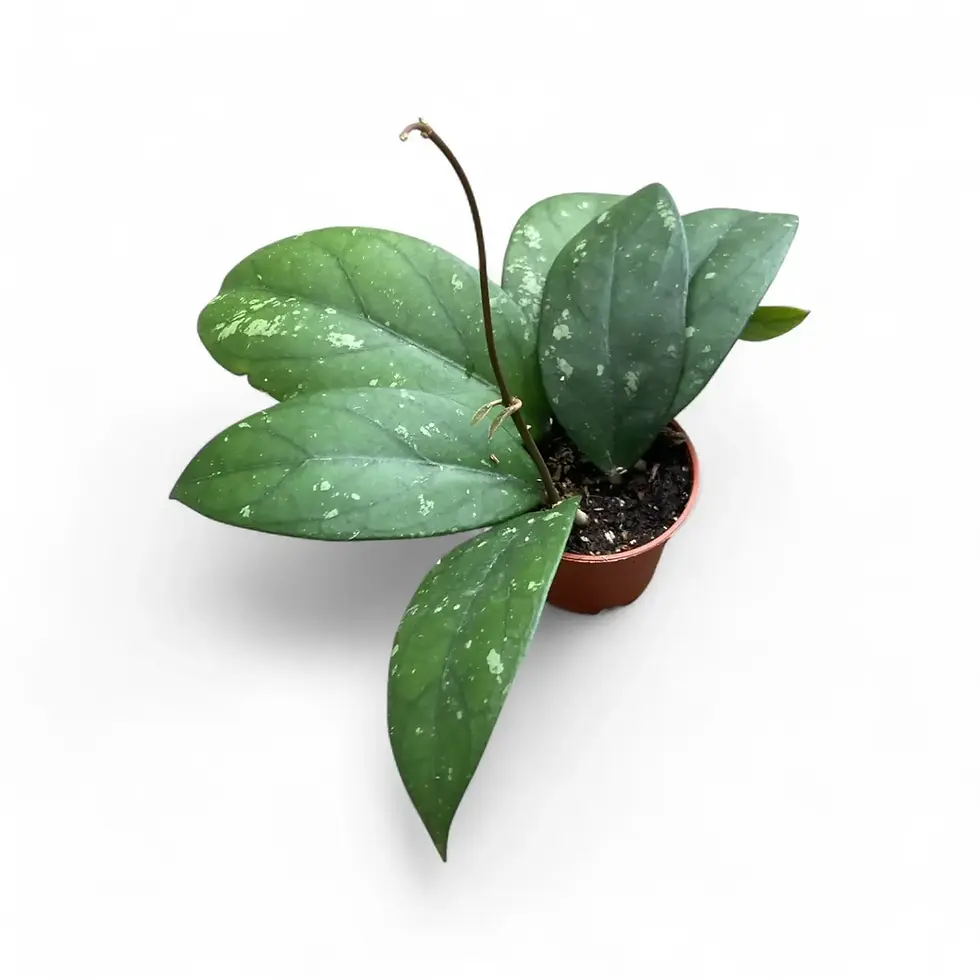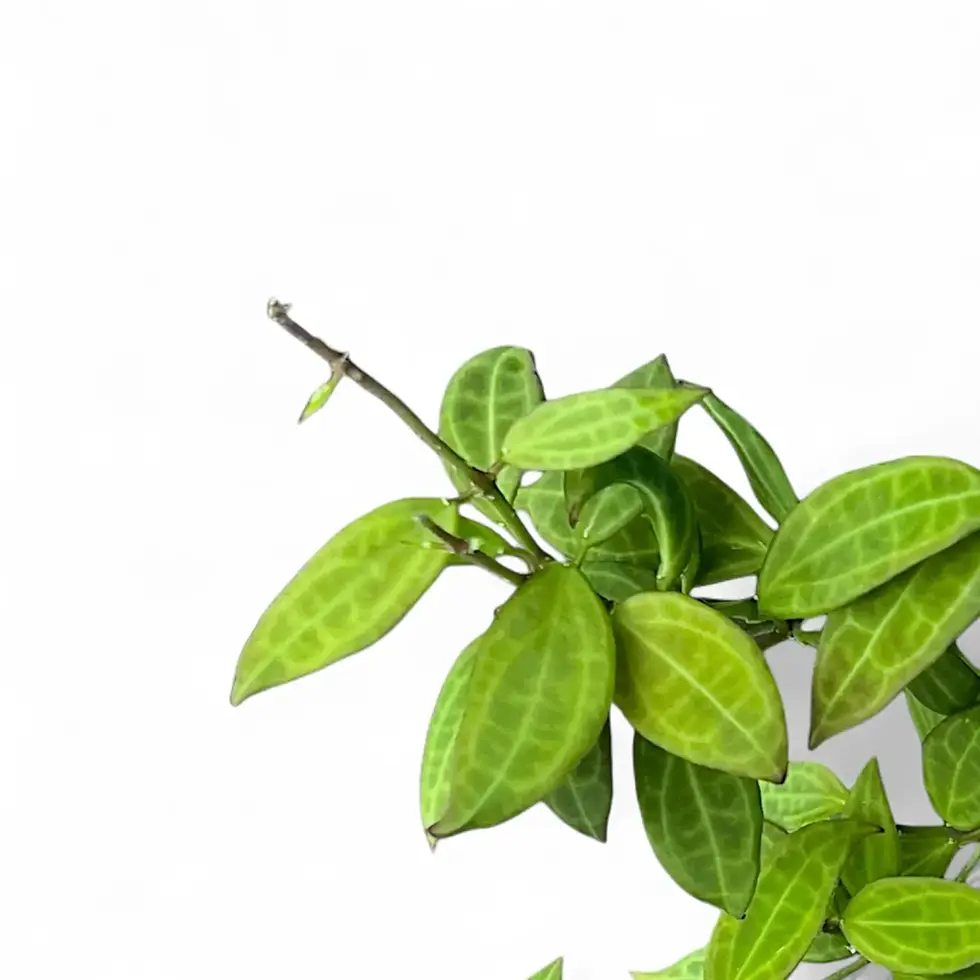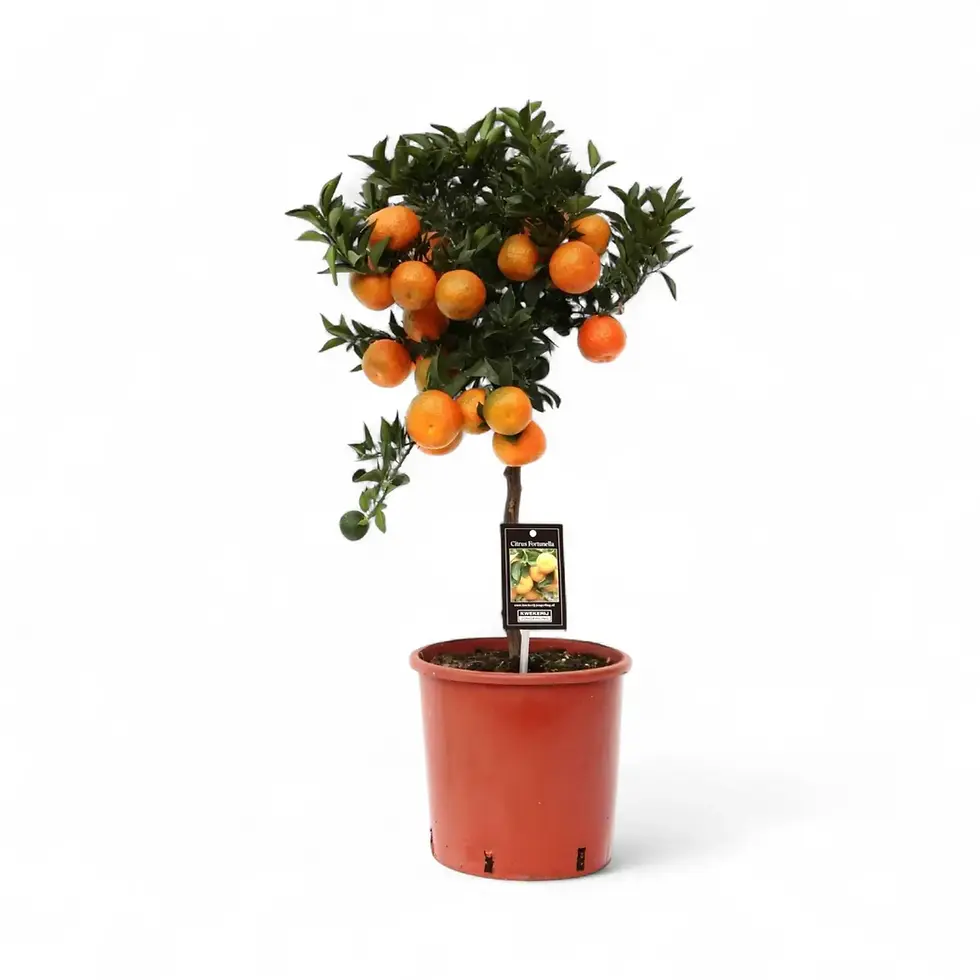Thaumatophyllum 'African Fantasy' — Hybrid Floor Aroid with Transforming, Deeply Lobed Leaves
Thaumatophyllum 'African Fantasy' is a horticultural hybrid of Thaumatophyllum bipinnatifidum × Thaumatophyllum spruceanum, uniting dramatic lobing with elegant, architectural form. Juvenile leaves emerge smooth and entire; with maturity, foliage develops pronounced, multi-lobed shapes. Each new leaf is distinct, giving a dynamic, ever-changing display in modern interiors.
Previously circulated under names like Philodendron 'Angela', Philodendron selloum × Philodendron goeldii, this plant is now correctly placed in Thaumatophyllum following morphological and genetic research within Araceae.
What Makes 'African Fantasy' Stand Out
- Leaf transformation: Entire juvenile blades evolve into large, deeply lobed fronds.
- Statement presence: Glossy, rich green foliage and a self-supporting, tree-like habit.
- Hybrid vigour: Adaptable and resilient, combining strengths of both parent species.
Natural Context of the Parent Species
T. bipinnatifidum occurs in subtropical South America (Brazil, Bolivia, Paraguay, Argentina) along forest edges and bright understory sites. T. spruceanum inhabits humid lowland rainforest of the western/central Amazon (Brazil, Peru, Colombia, Ecuador). Understanding these niches helps tailor indoor care: bright filtered light, warm temperatures, steady moisture, and good air around roots.
Light & Positioning for Optimal Leaf Development
- Best in bright, indirect light to maximise leaf size and lobe depth.
- Tolerates medium light with slower growth; avoid harsh midday sun to prevent scorch.
- Allow space for lateral spread; ideal as a focal floor plant against a plain wall or open corner.
Water, Humidity & Temperature — Keeping Growth Consistent
- Watering: Let the top 2–3 cm of substrate dry before watering again. In warm, bright conditions growth is faster and the mix dries sooner; in cooler, lower-light situations, extend intervals to avoid staying wet.
- Drainage: Always empty saucers; do not leave roots standing in water.
- Humidity: Performs reliably at typical indoor humidity; 50–70% supports larger, cleaner leaves and reduces edge browning.
- Temperature: Target 18–27 °C; protect from cold drafts or hot, dry airflow.
Soil Recipes & Potting Choices for Healthy Roots
- Aroid mix: 40% quality potting compost, 30% orchid bark (medium), 20% perlite or coarse pumice, 10% coco coir/fine bark. Aim for airy, chunky structure that holds moisture without stagnation.
- Container: Pots with large drainage holes; terracotta improves aeration (dries faster — monitor accordingly).
- Semi-hydro: Adapts well to inert substrates (e.g., expanded clay, mineral mixes) with stable nutrient solution and oxygenation.
Fertilising & Repotting — Simple, Effective Routine
- Feed every 4–6 weeks with a balanced liquid fertiliser at low dose on already moist substrate.
- Optionally add a light layer of slow-release granules for background nutrition.
- Repot every 2–3 years or when roots circle the base; increase pot size gradually to maintain aeration.
Propagation & Ongoing Upkeep
- Propagation: Stem cuttings with at least one node; root in water, perlite, or airy substrate before potting up.
- Maintenance: Rotate periodically for even light; remove yellow or damaged leaves at the base; wipe dust from leaf surfaces.
- Support: Naturally self-supporting; staking rarely needed once established.
Growth Habit & Expected Size
- Upright, self-supporting habit with spreading canopy.
- Typical indoor size 1.2–1.5 m under good care; individual leaves to ~60 cm.
- Toxicity: Contains insoluble calcium oxalates; keep out of reach of pets and children.
Common Issues & Fast Fixes
- Yellowing leaves: Often from excess moisture or compact mix — improve drainage and allow more drying between waterings.
- Brown tips/edges: Increase humidity stability and maintain consistent, moderate moisture.
- Pests: Inspect for spider mites, mealybugs, thrips; rinse foliage and treat promptly with insecticidal soap or appropriate controls.
- Leggy or small leaves: Move to brighter filtered light; ensure feeding and root aeration are adequate.
Styling & Placement Ideas
- Showcase silhouette by giving fronds room to expand — avoid crowding against furniture.
- Pair with broad-leaf aroids for a layered, tropical look; use warm-toned planters to highlight deep green foliage.
Etymology & Botanical Notes
Thaumatophyllum combines Greek “thauma” (wonder) and “phyllon” (leaf), reflecting the dramatic foliage. Parent species span South America from subtropical forest edges to humid Amazonian understory; reclassification from Philodendron to Thaumatophyllum follows phylogenetic work in Araceae.
FAQs — Clear Answers for Growers
- Does 'African Fantasy' need a moss pole? No. Growth is self-supporting; young plants may benefit from light staking until roots anchor.
- Will it flower indoors? Rare indoors; when mature, inflorescences follow the aroid form (spadix with spathe).
- Can it go outdoors in summer? Yes, above 15 °C in bright, filtered light; acclimatise gradually and avoid direct midday sun.
Add 'African Fantasy' to Your Collection
Bring a bold, self-supporting hybrid with evolving, deeply lobed foliage into your space. Thaumatophyllum 'African Fantasy' delivers tropical impact with straightforward care. Add to Cart and let this statement aroid anchor your indoor jungle.
Thaumatophyllum 'African fantasy' ('Philodendron Angela')
Thaumatophyllum 'African fantasy' comes in a ⌀ 14 cm pot and is approximately 35 cm tall
































